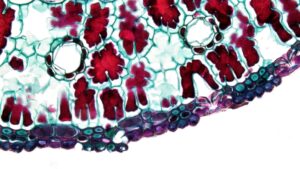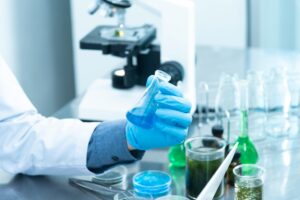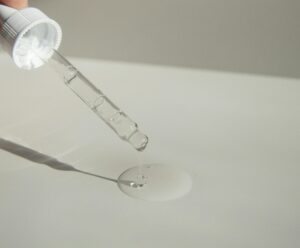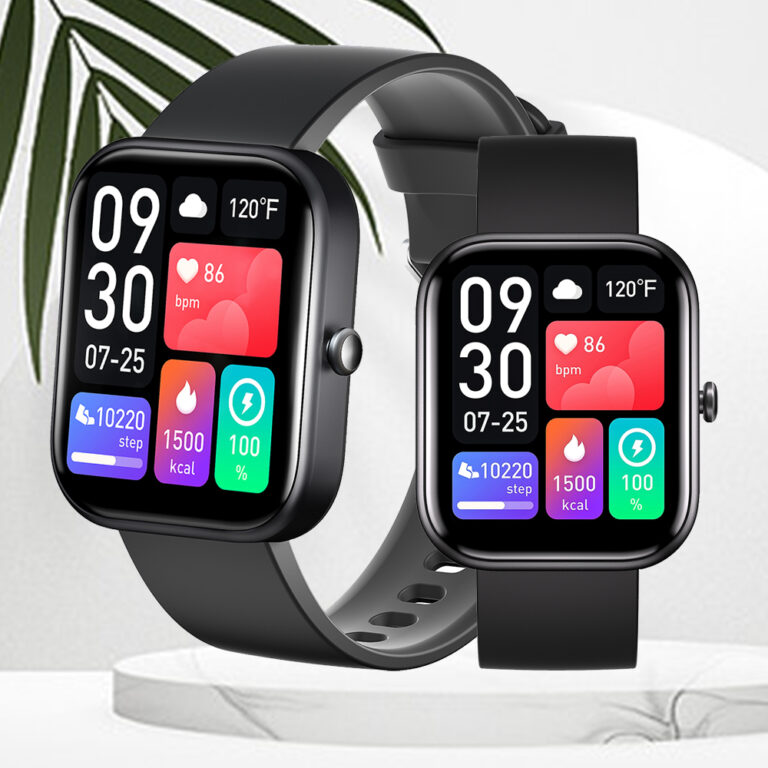Table of Contents
The Science of Aging: Understanding How and Why We Age
Introduction
Aging is a universal journey that we all embark on, yet the intricate mechanisms behind this natural process remain a mystery to many. Why do we age? What factors influence how we age? By understanding the science of aging, we can take informed steps to maintain our health and vitality throughout our lives. Join us as we unravel the secrets behind the aging process and discover how to influence it positively.
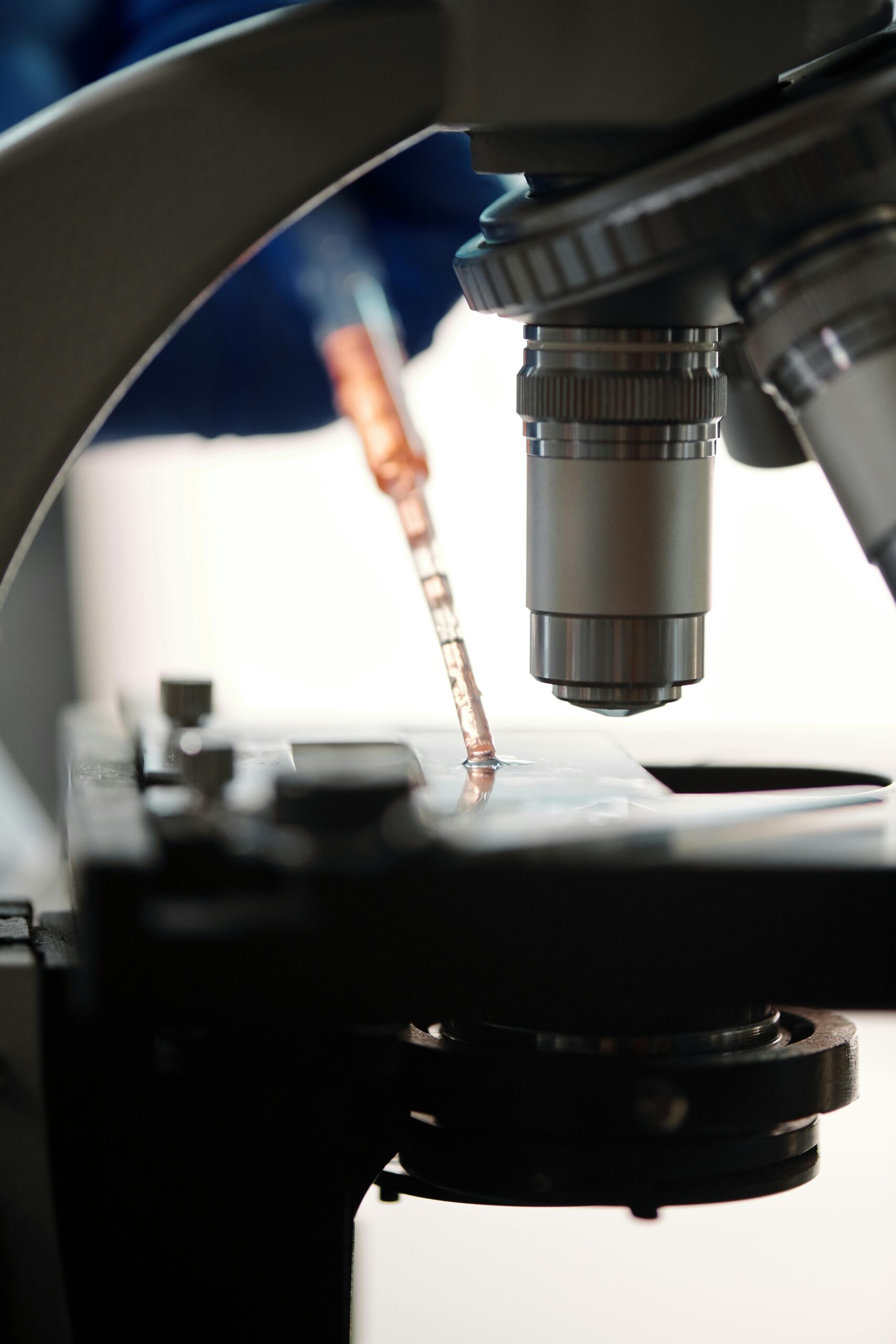
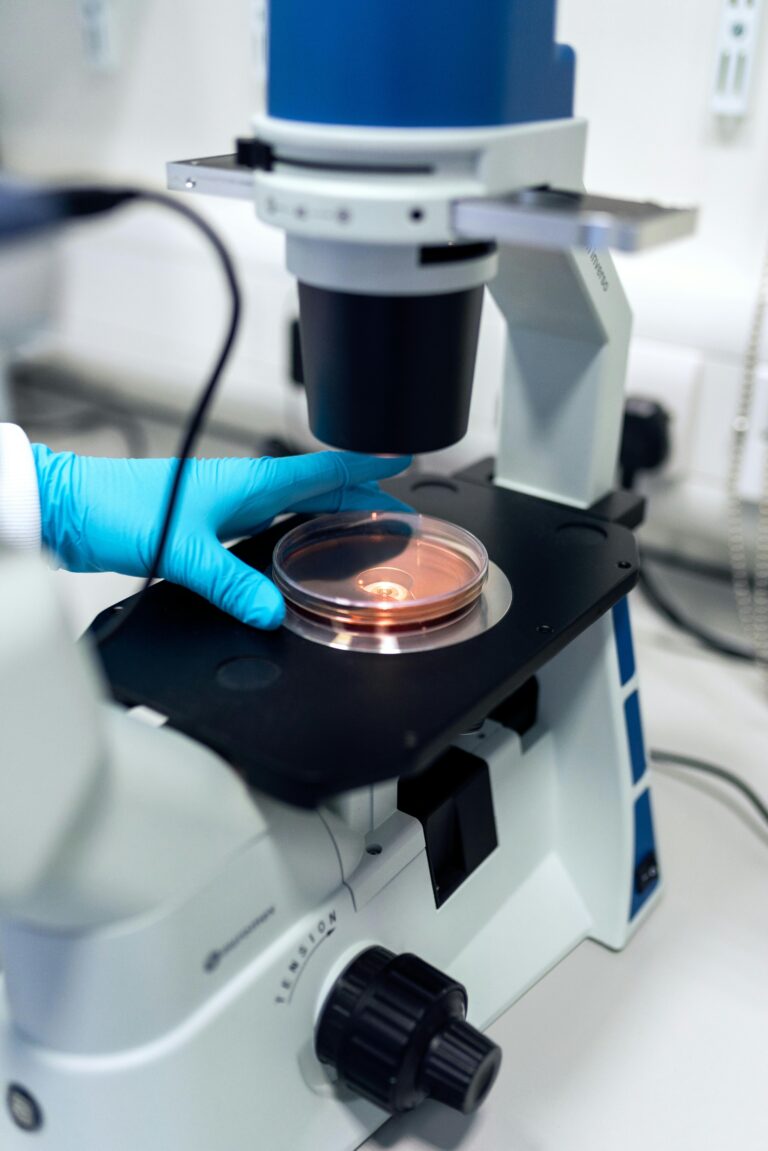
The Biology of Aging
At its core, aging is the result of complex biological processes that occur at the cellular level. Here are some key factors involved:
Cellular Senescence:
- Definition: Cellular senescence refers to the process by which cells lose their ability to divide and function effectively.
- Impact: As senescent cells accumulate, they release inflammatory signals that can damage surrounding tissues, contributing to age-related diseases.
Telomere Shortening:
- Definition: Telomeres are protective caps at the ends of chromosomes that shorten each time a cell divides.
- Impact: When telomeres become too short, cells can no longer divide, leading to tissue degeneration and the visible signs of aging.
Oxidative Stress:
- Definition: Oxidative stress occurs when there’s an imbalance between free radicals and antioxidants in the body.
- Impact: Excess free radicals damage cells and DNA, accelerating the aging process and increasing the risk of chronic diseases.
Mitochondrial Dysfunction:
- Definition: Mitochondria are the powerhouses of the cell, producing the energy needed for cellular functions.
- Impact: With age, mitochondria become less efficient, leading to reduced energy production and increased oxidative stress.
Genetic Factors:
- Definition: Our genes play a significant role in determining our lifespan and how we age.
- Impact: Certain genetic variations can influence longevity and susceptibility to age-related conditions.
Environmental and Lifestyle Influences
While our biology sets the foundation, our environment and lifestyle choices significantly impact how we age. Here are some critical factors:
Diet and Nutrition:
- Importance: A balanced diet rich in antioxidants, vitamins, and minerals supports cellular health and combats oxidative stress.
- Recommendations: Incorporate fruits, vegetables, whole grains, lean proteins, and healthy fats into your diet.
Physical Activity:
- Importance: Regular exercise maintains muscle mass, improves cardiovascular health, and enhances mental well-being.
- Recommendations: Aim for at least 150 minutes of moderate-intensity exercise per week, including aerobic and strength-training activities.
Sleep Quality:
- Importance: Quality sleep is essential for cellular repair, cognitive function, and overall health.
- Recommendations: Strive for 7-9 hours of uninterrupted sleep per night, and establish a consistent sleep routine.
Stress Management:
- Importance: Chronic stress accelerates aging by increasing inflammation and oxidative stress.
- Recommendations: Practice stress-reducing techniques such as mindfulness, meditation, deep breathing, and regular physical activity.
Environmental Exposures:
- Importance: Exposure to pollutants, UV radiation, and toxins can damage cells and accelerate aging.
- Recommendations: Minimize exposure by using sunscreen, avoiding smoking, and limiting time in polluted areas.
Interventions and Innovations
The field of aging research is rapidly evolving, with new interventions and technologies aimed at slowing the aging process and extending healthy lifespan. Here are some promising developments:
Anti-Aging Therapies:
- Examples: Senolytics (drugs that target senescent cells), NAD+ boosters, and metformin.
- Potential: These therapies aim to improve cellular function, reduce inflammation, and enhance longevity.
Regenerative Medicine:
- Examples: Stem cell therapy and tissue engineering.
- Potential: These approaches seek to repair or replace damaged tissues, promoting healthier aging.
Genetic and Epigenetic Interventions:
- Examples: CRISPR gene editing and epigenetic reprogramming.
- Potential: These technologies could correct genetic defects and reset cellular aging processes.
Lifestyle Tracking and Optimization:
- Examples: Wearable devices and personalized health apps.
- Potential: These tools help monitor and optimize diet, exercise, sleep, and other lifestyle factors for better aging outcomes.
Conclusion
Aging is an intricate interplay of biological, environmental, and lifestyle factors. By understanding the science behind how and why we age, we can make informed choices to enhance our health and longevity. Embrace a proactive approach to aging by adopting healthy habits, staying informed about new advancements, and celebrating the journey of life at every stage. Welcome to the world of the Birth Beacon — where the magic of your birth.










